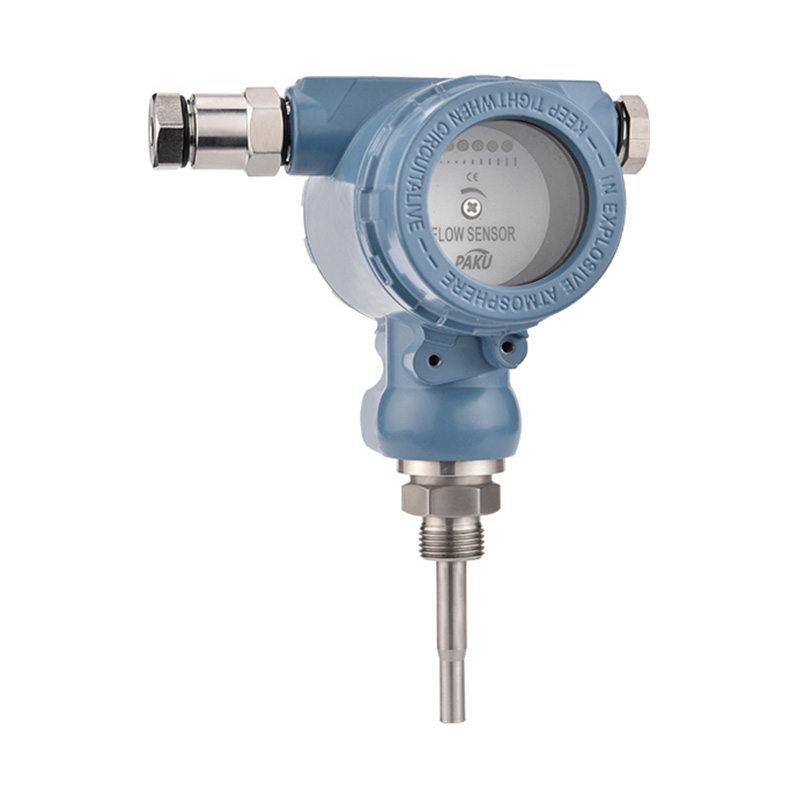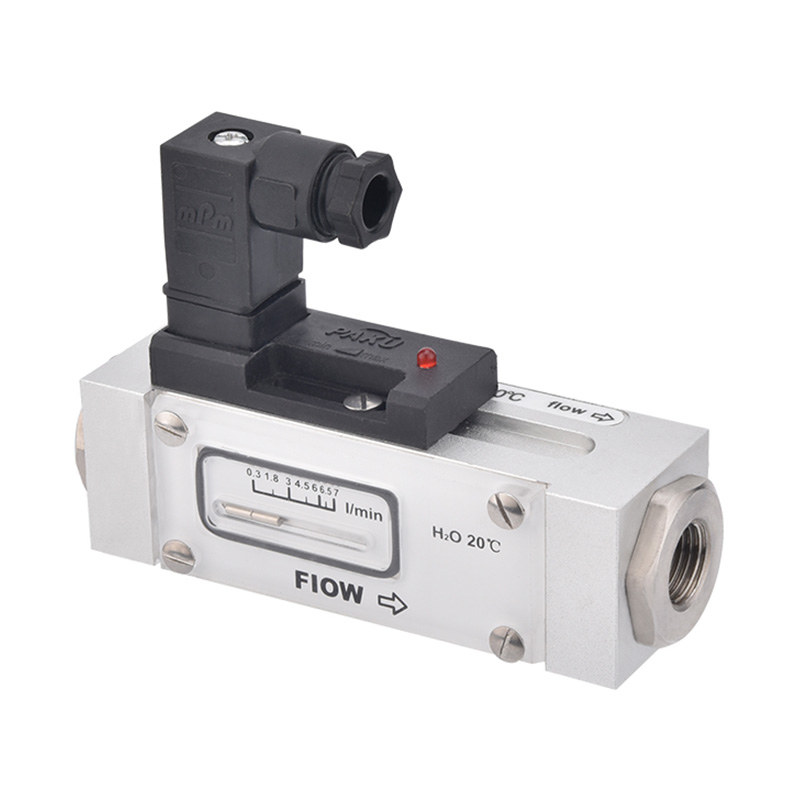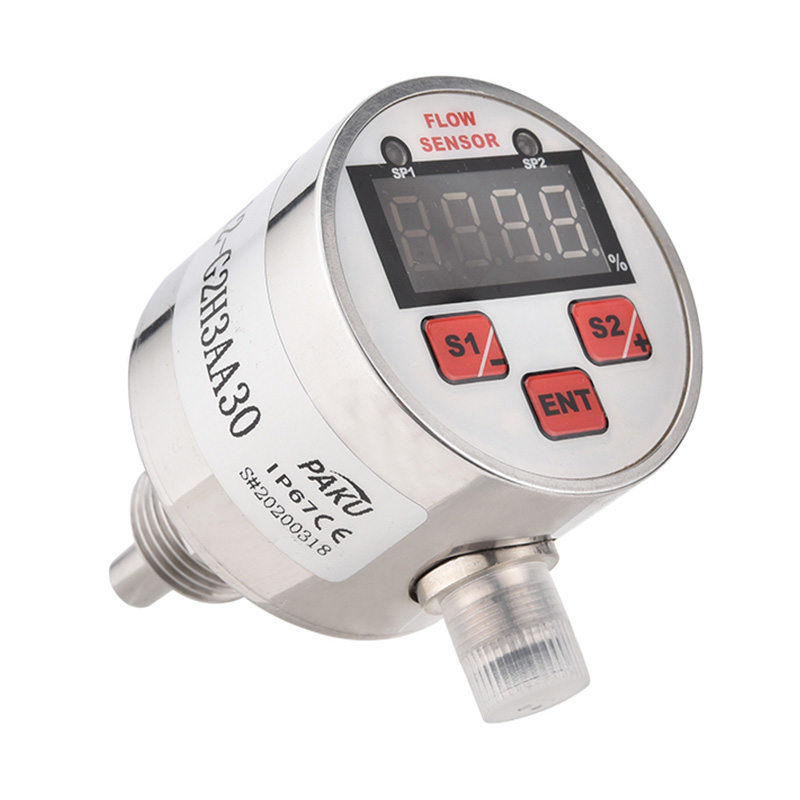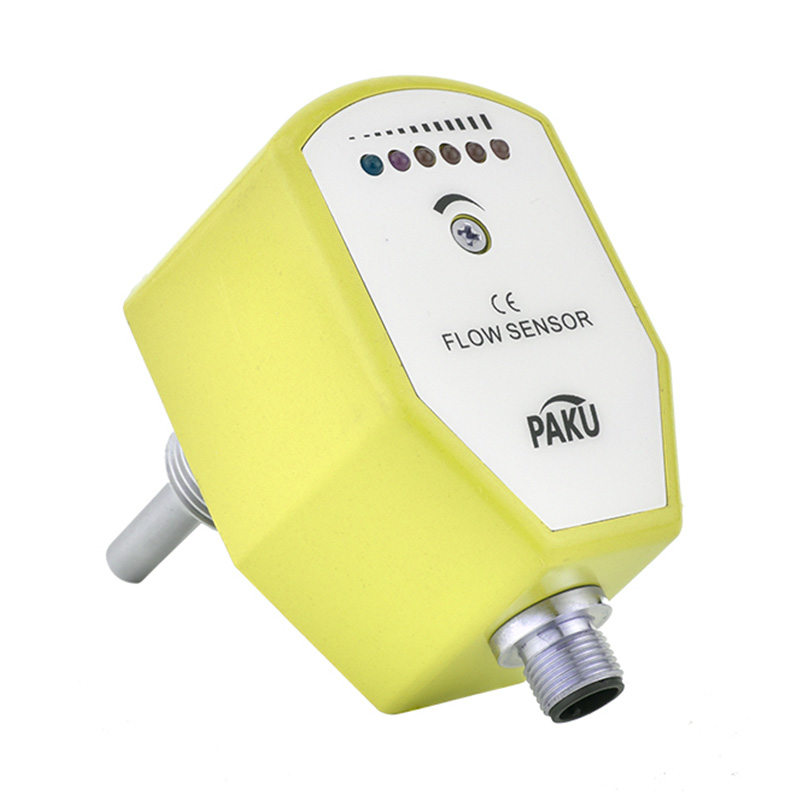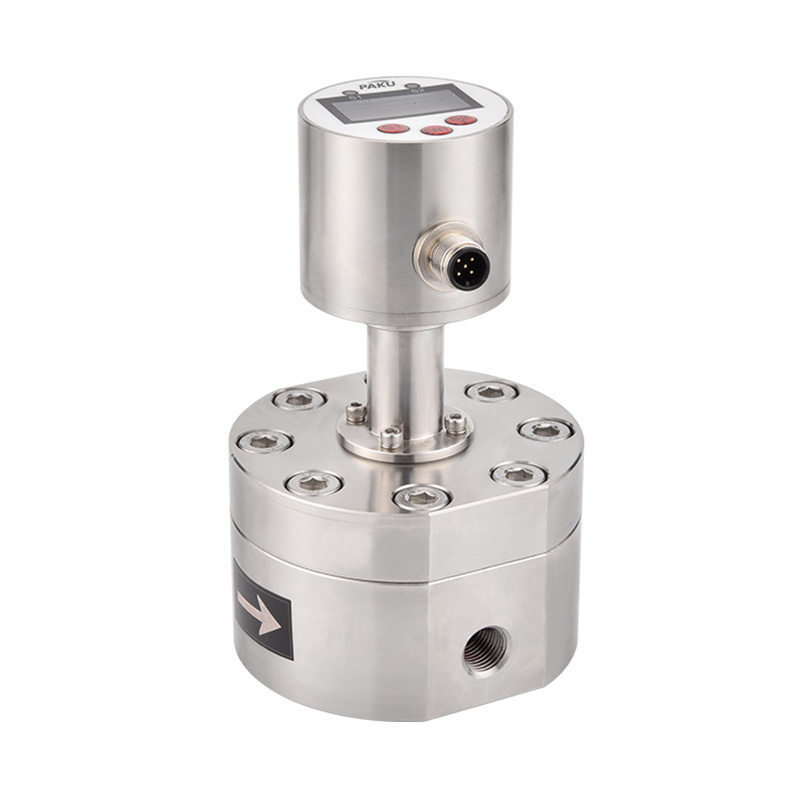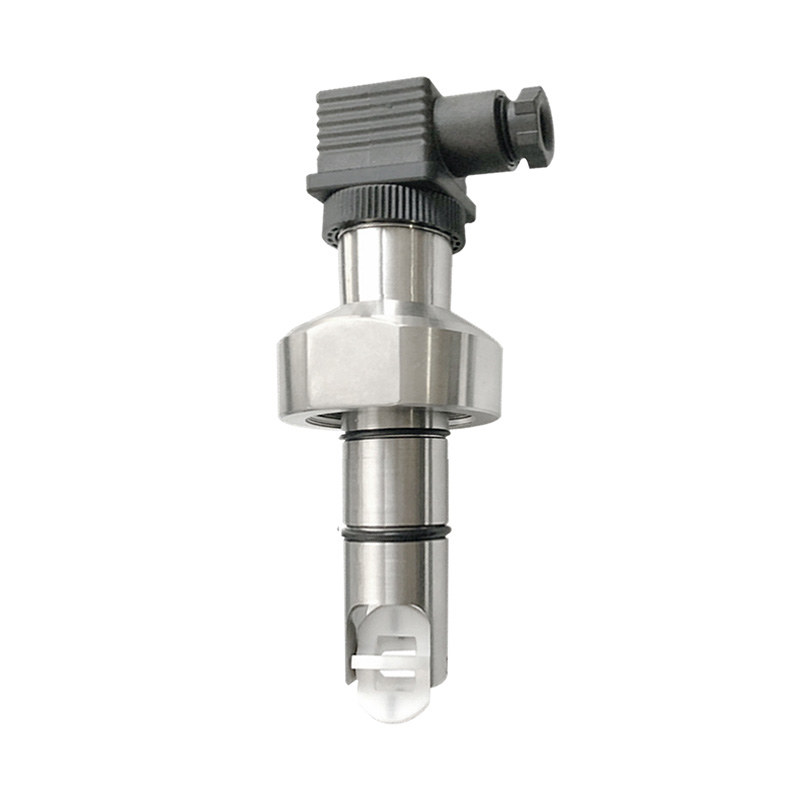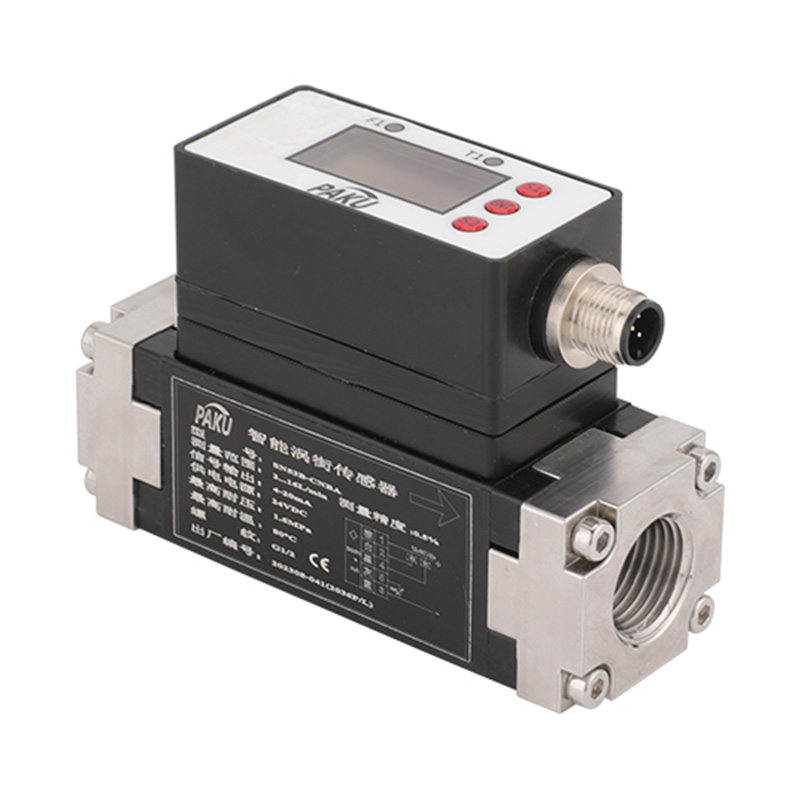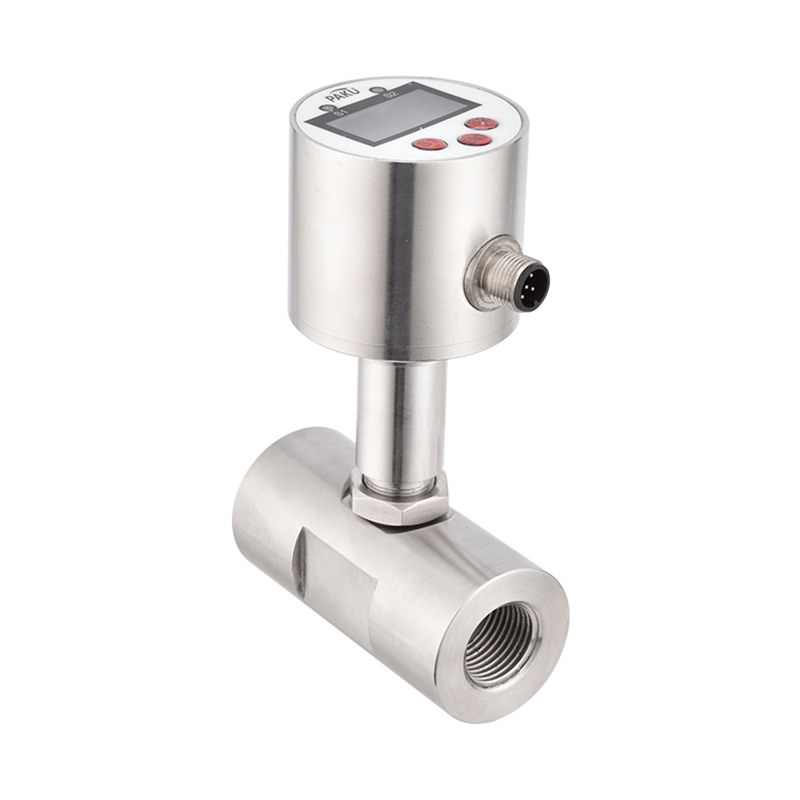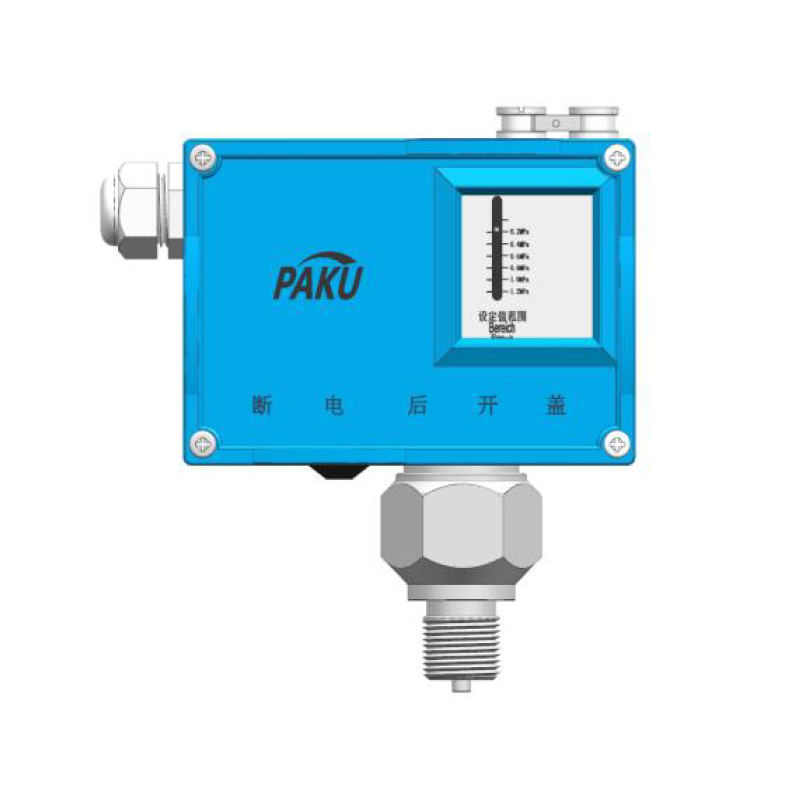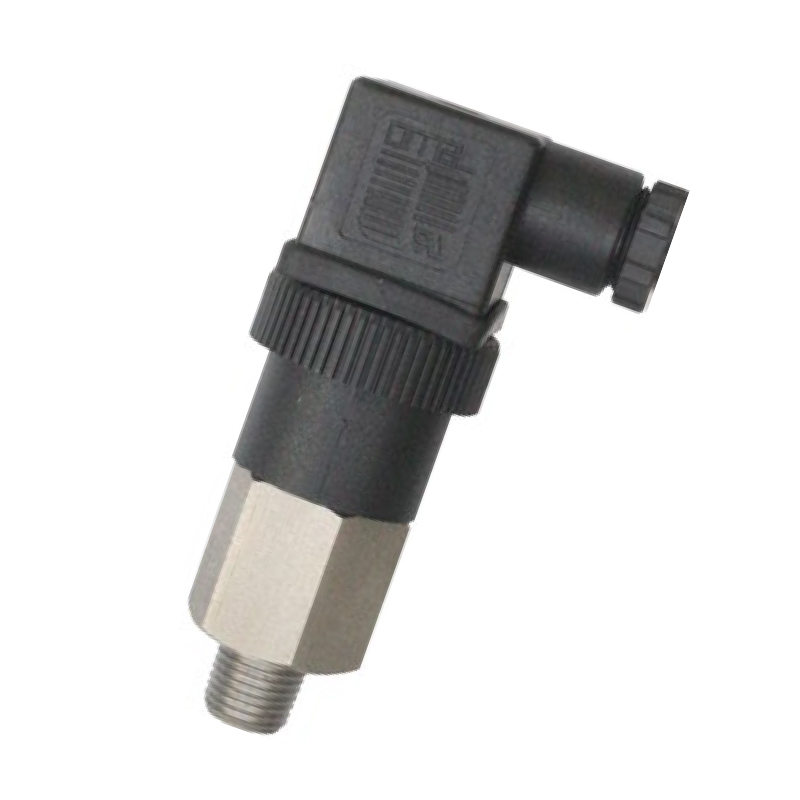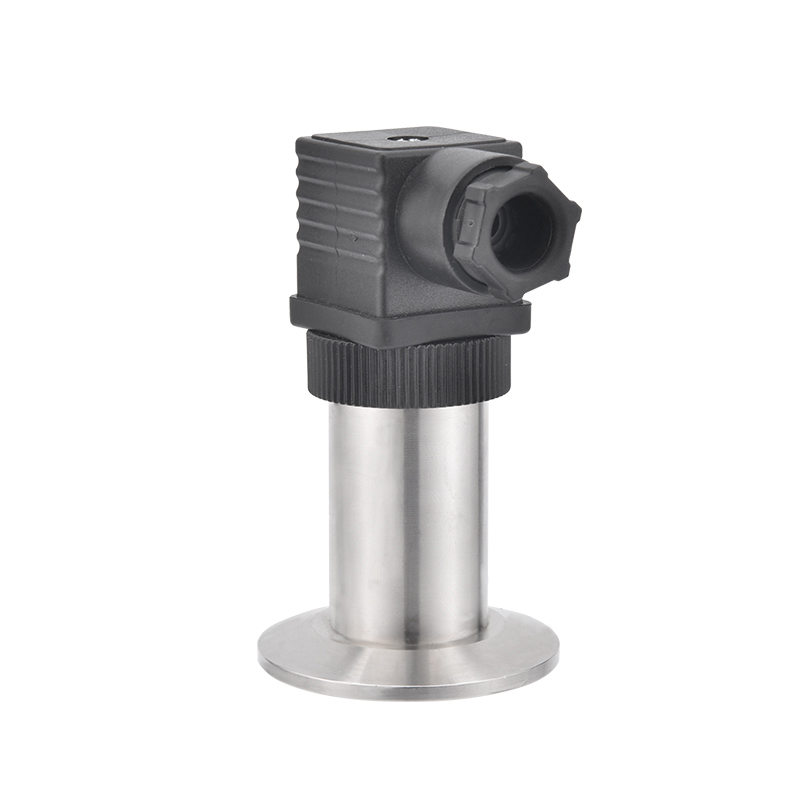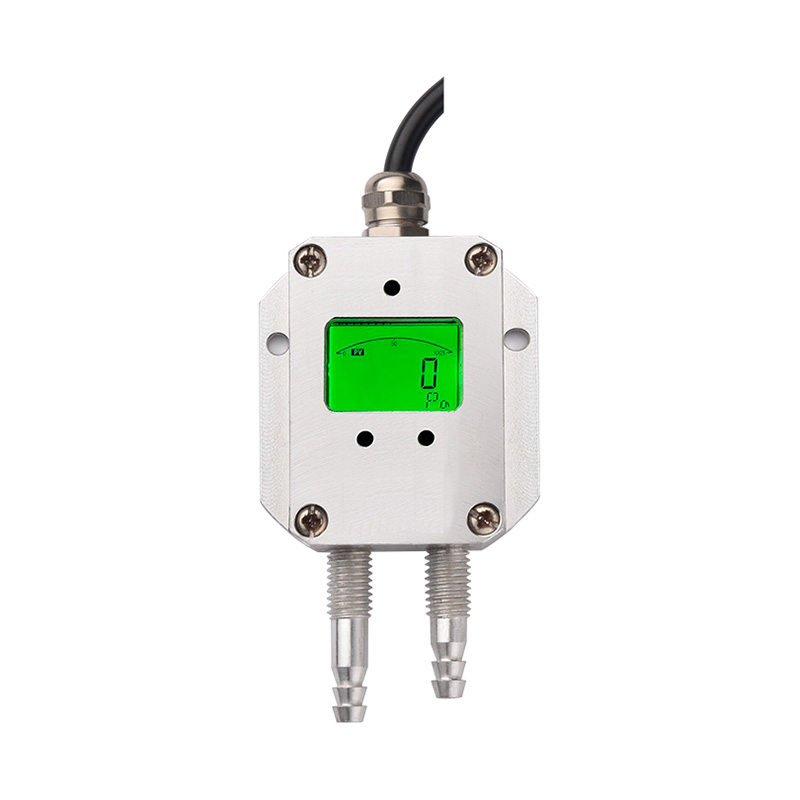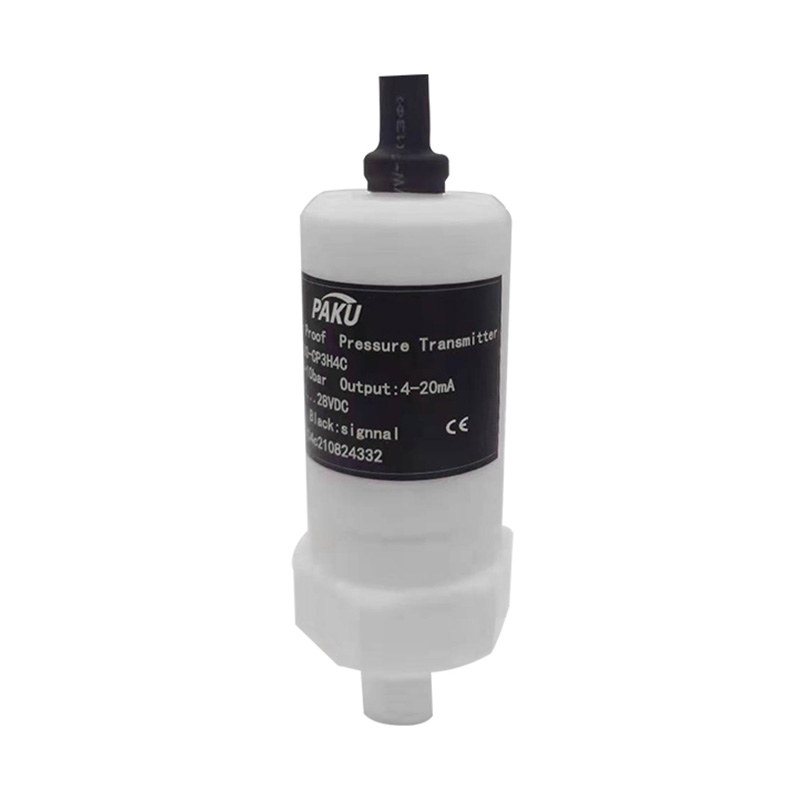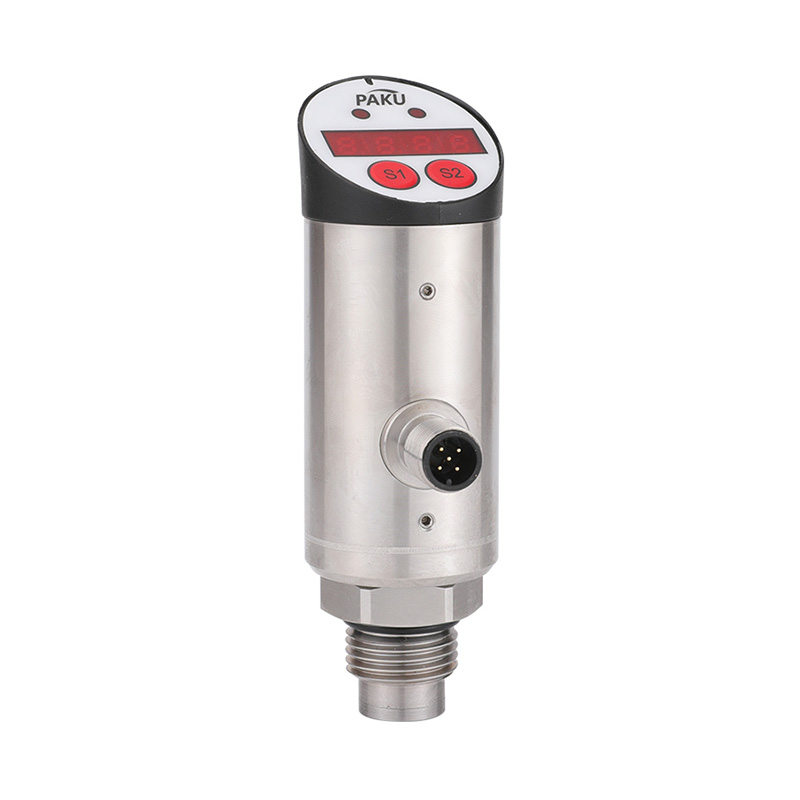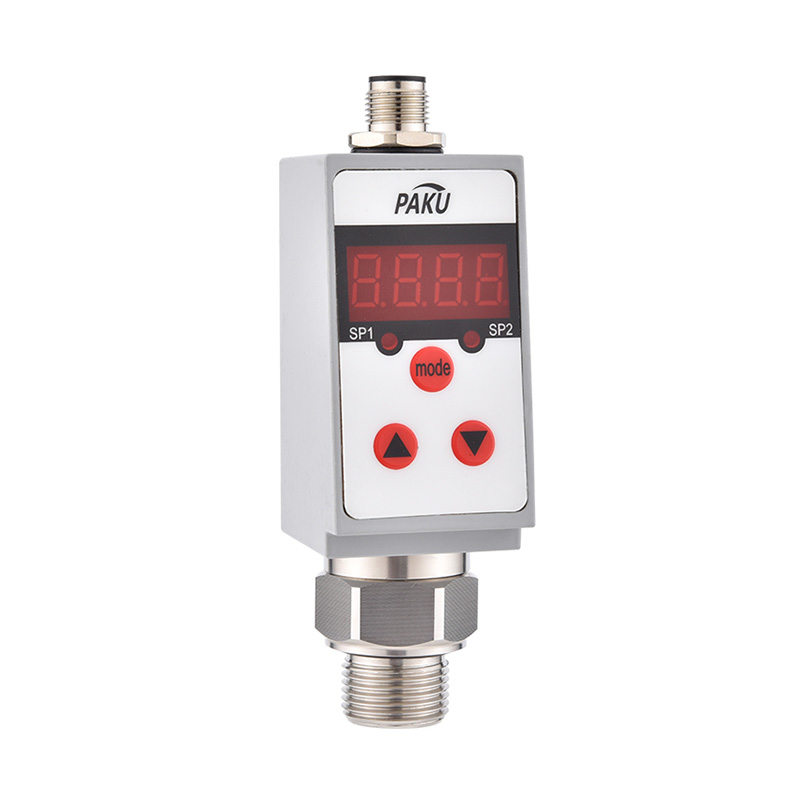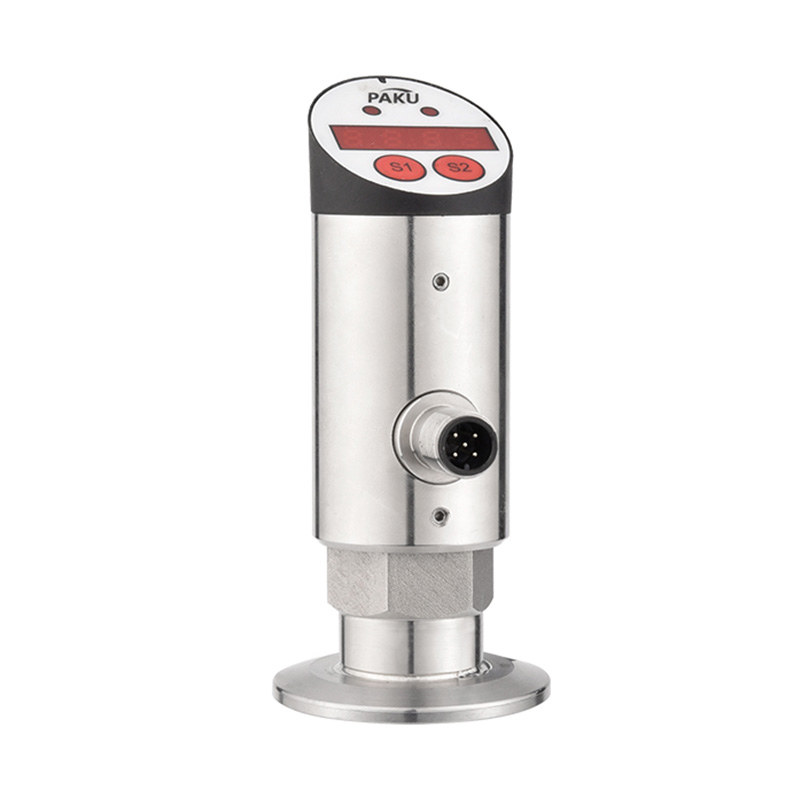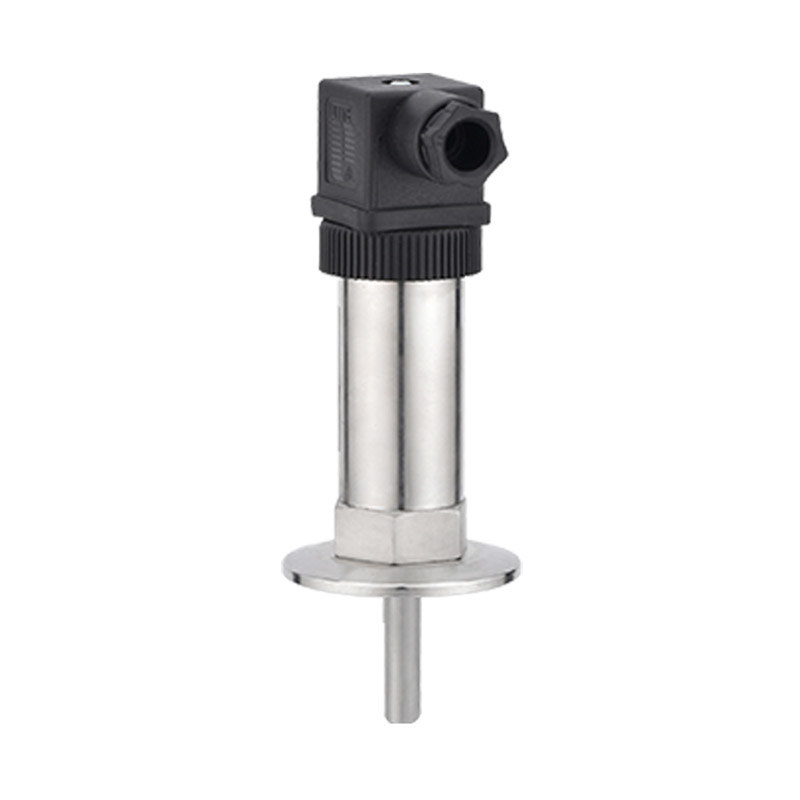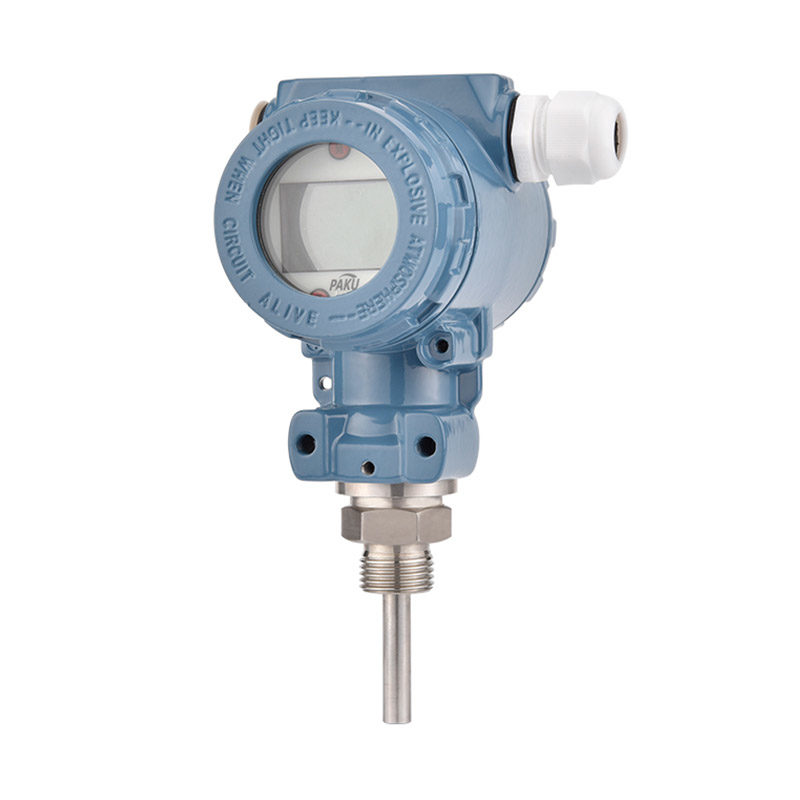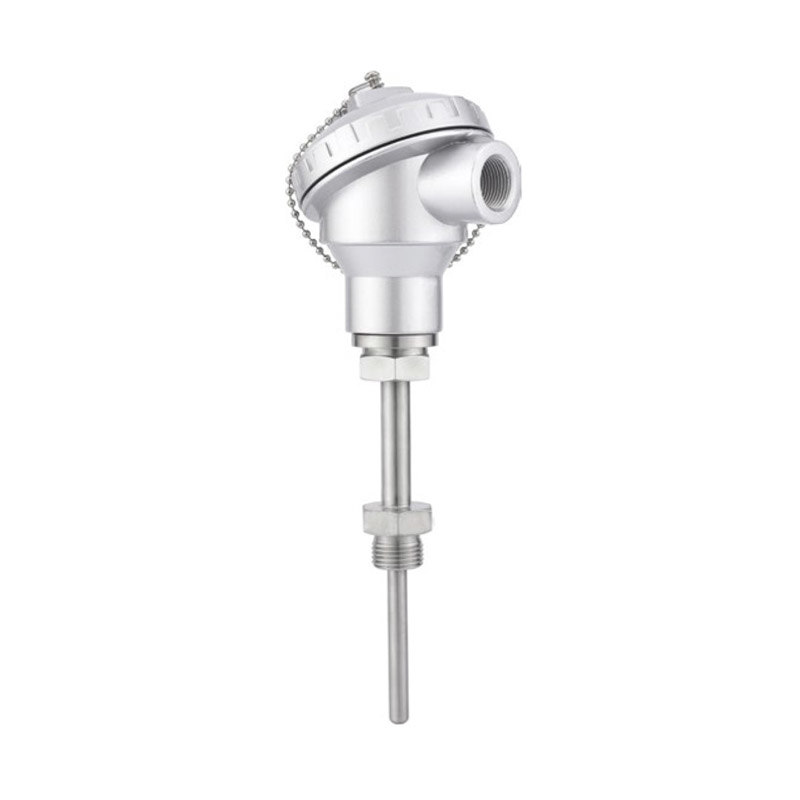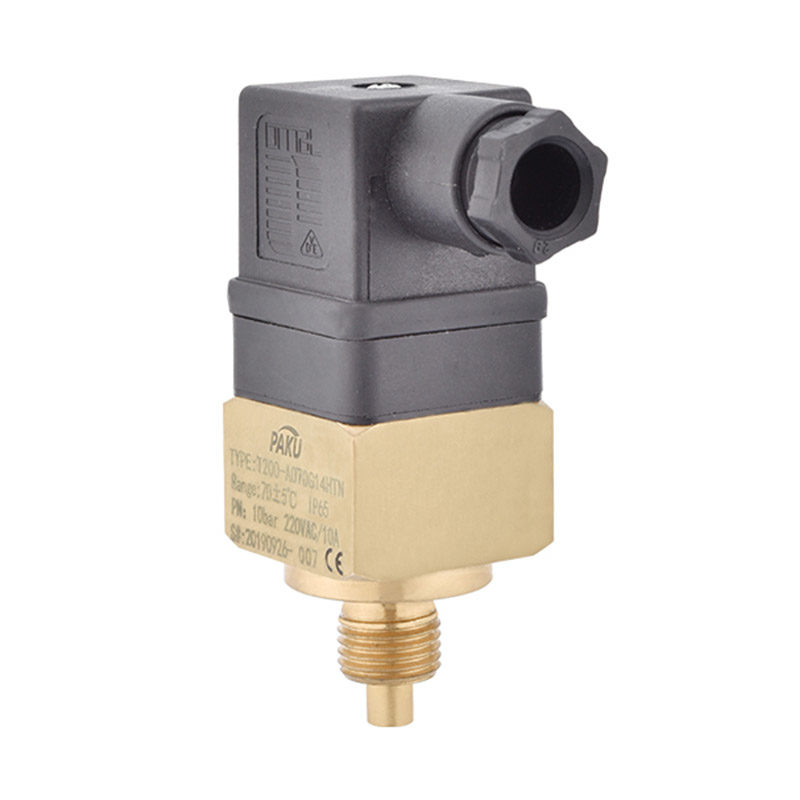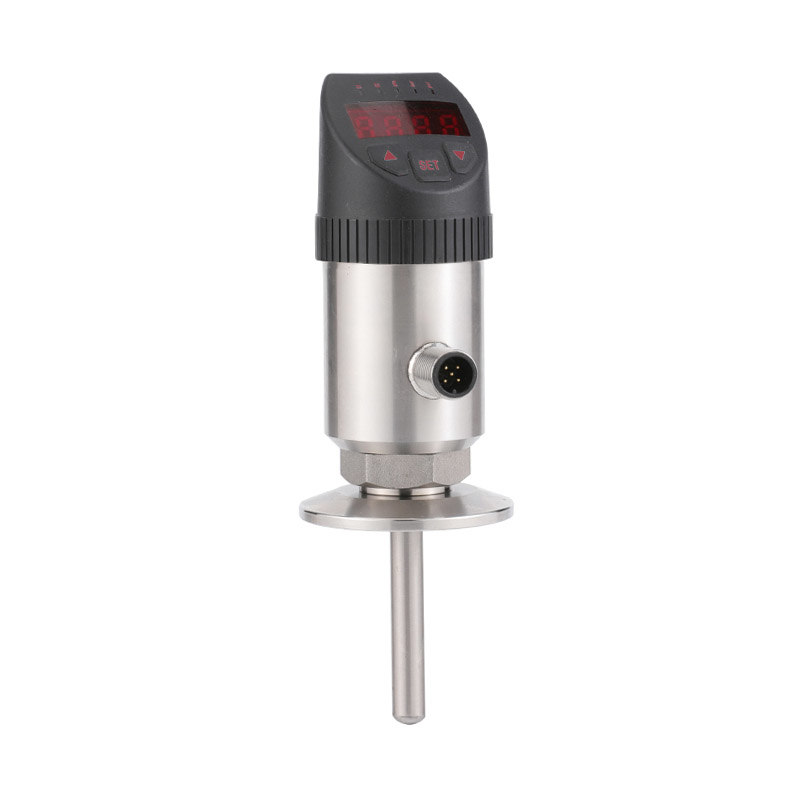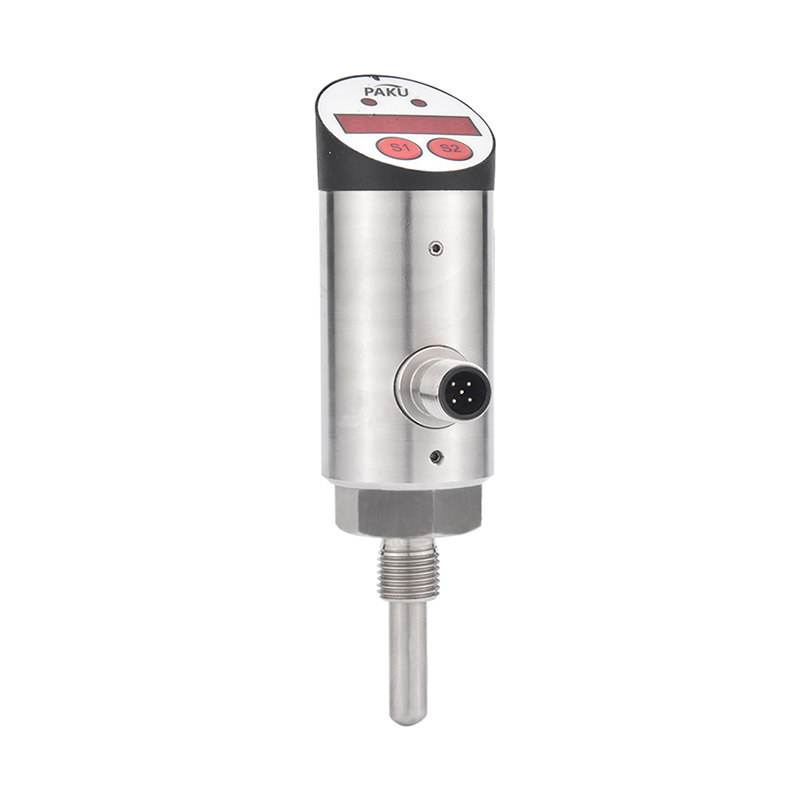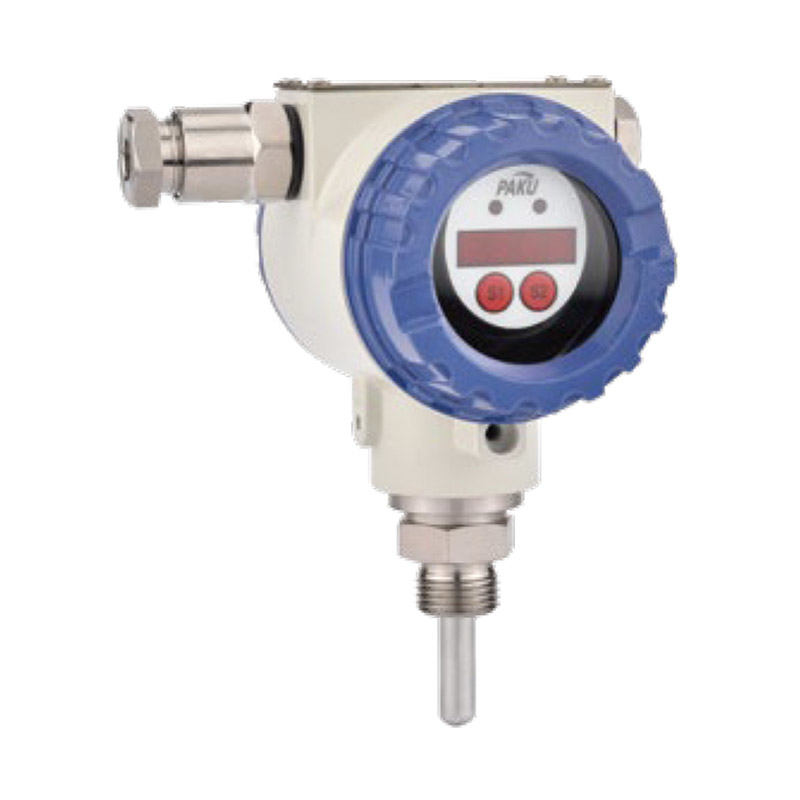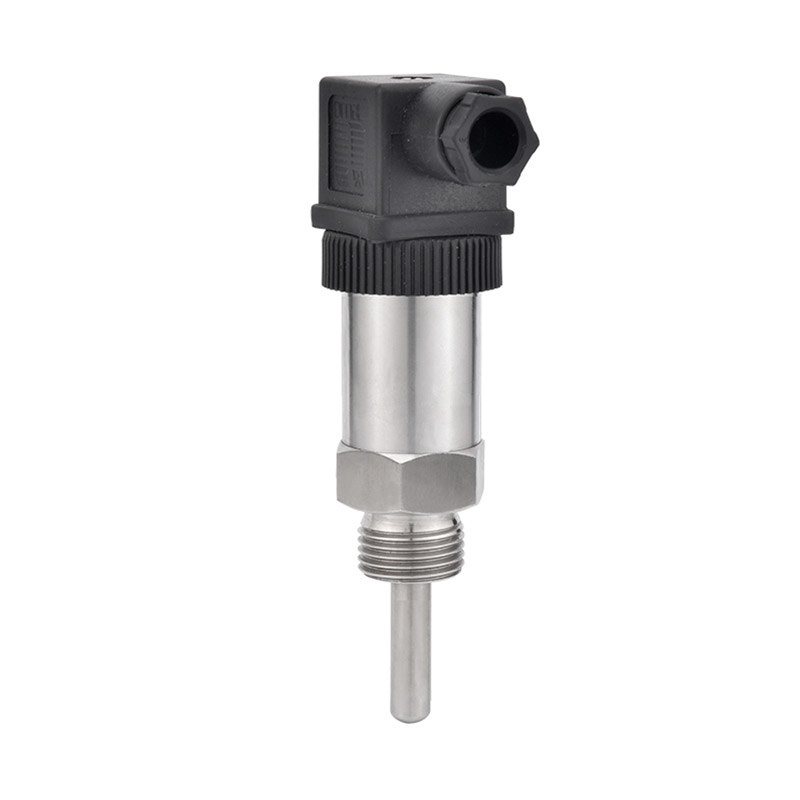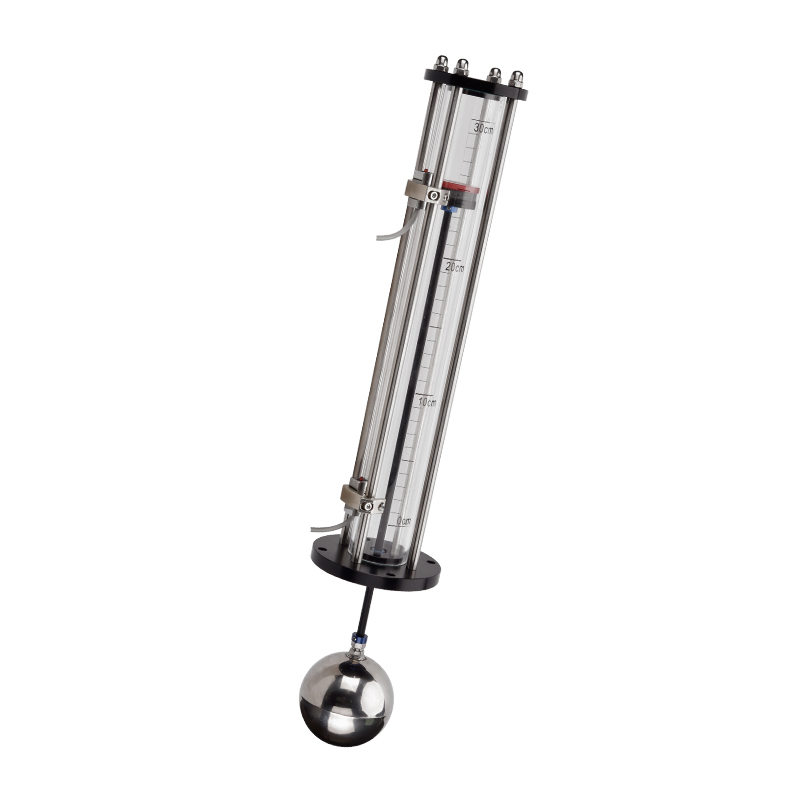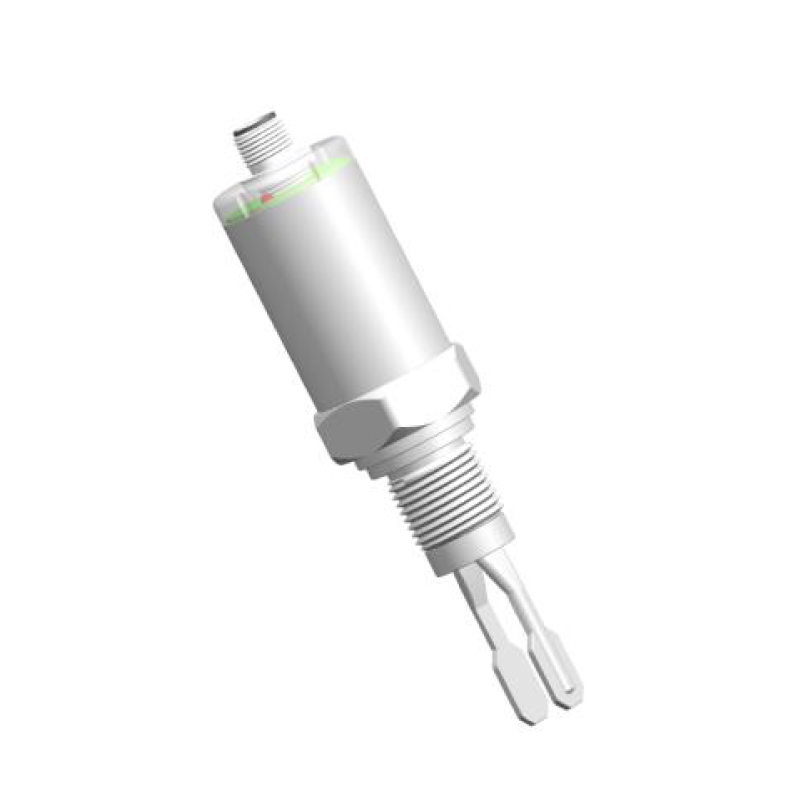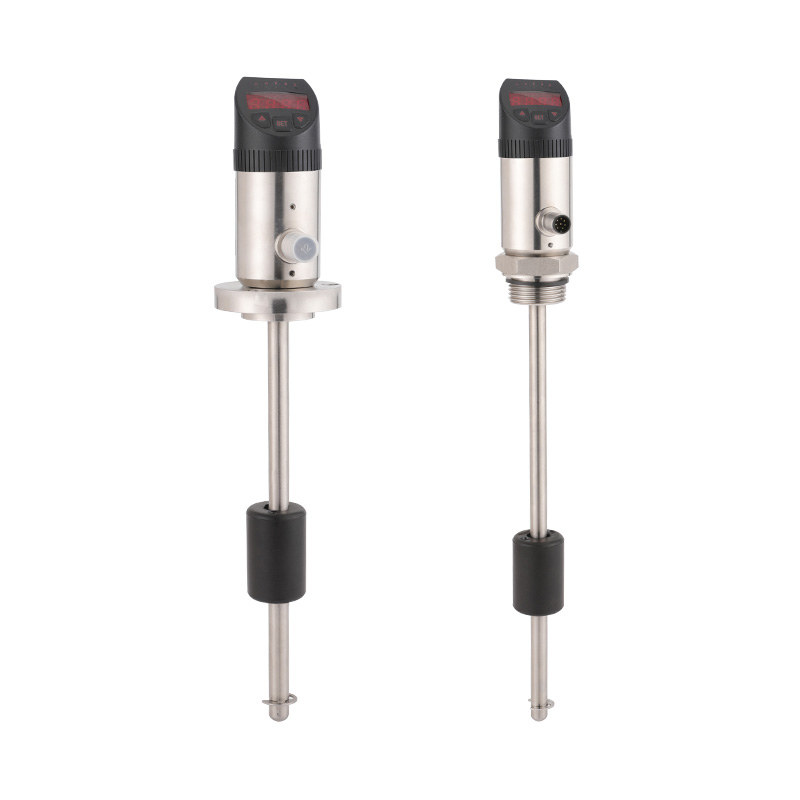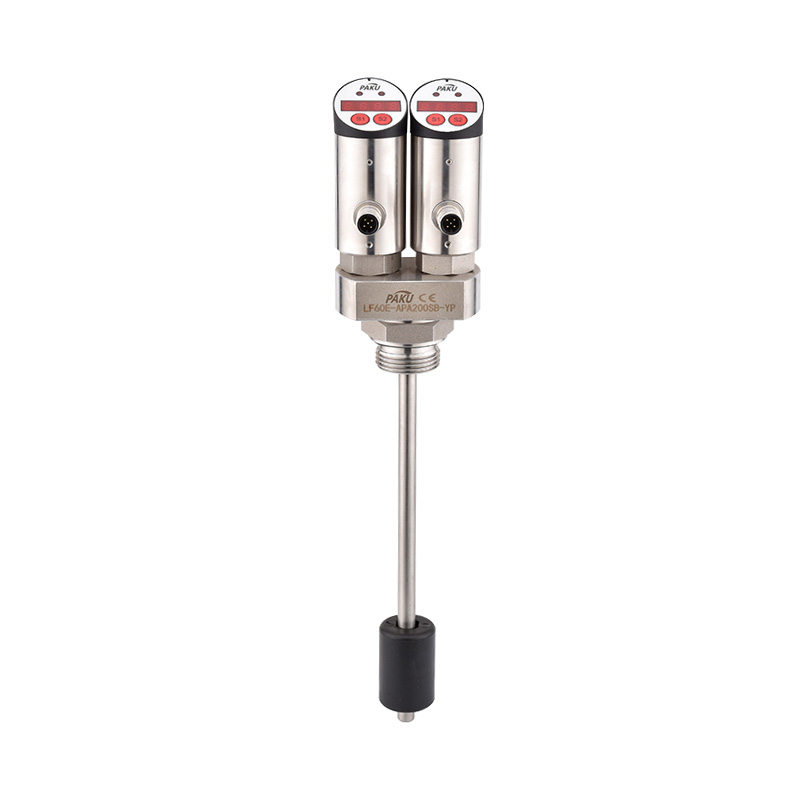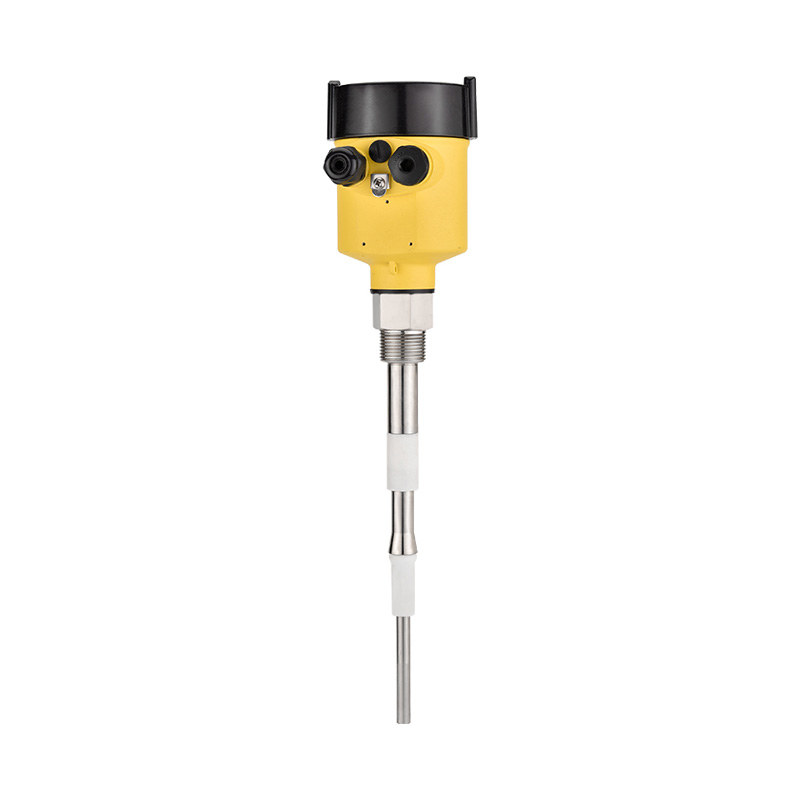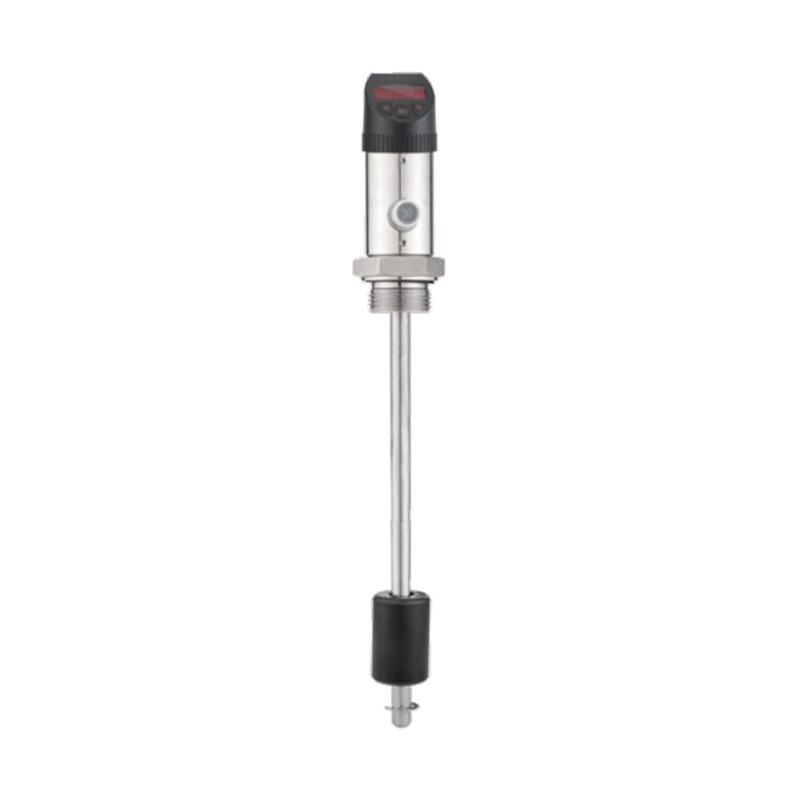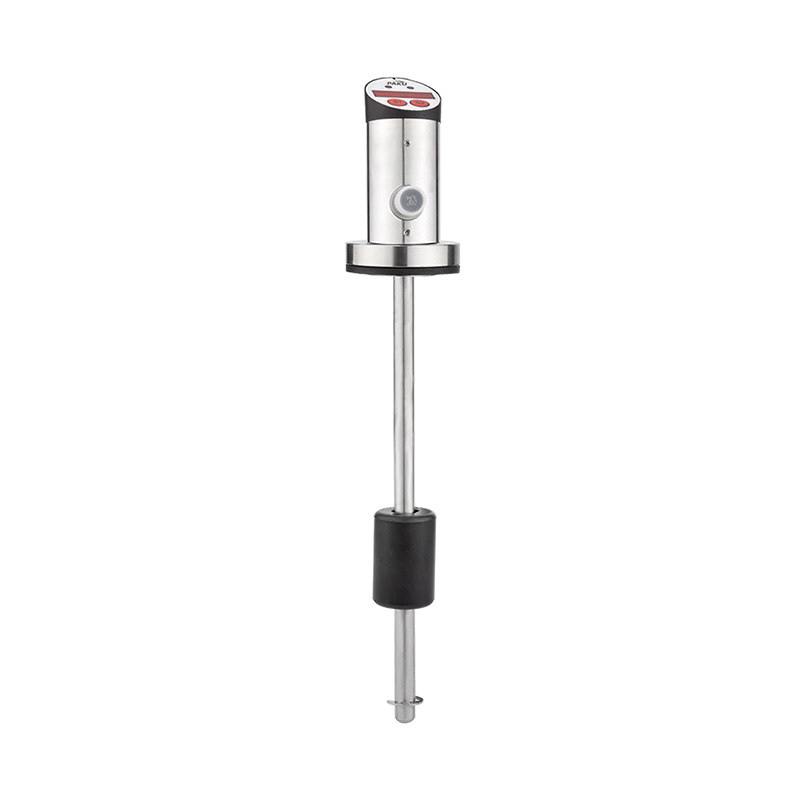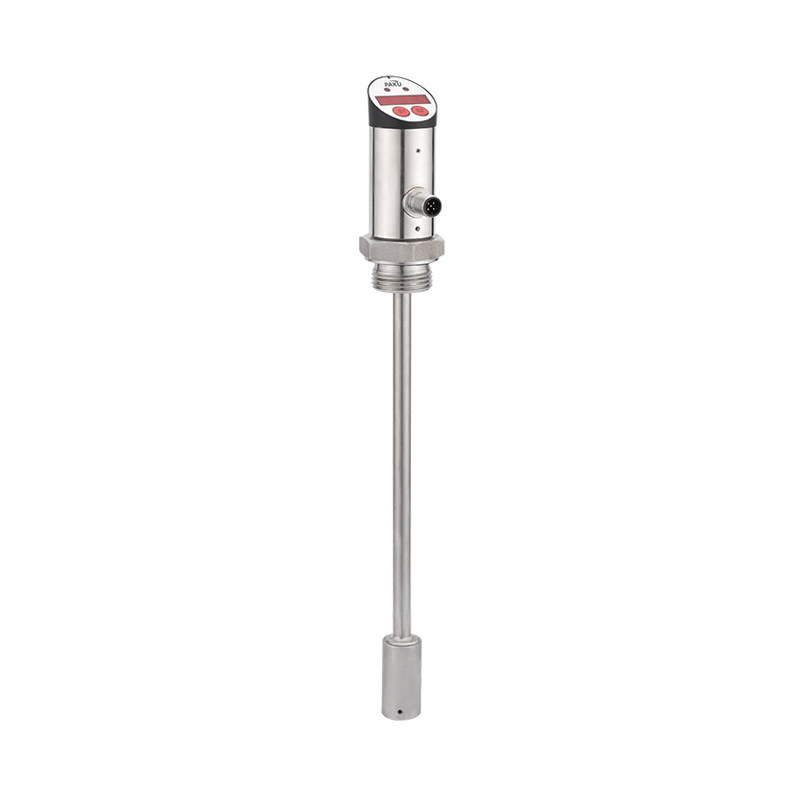If you need any help, please feel free to contact us
What Are the Common Applications of Temperature Transmitters in Different Industries?
Introduction
In modern industrial environments, precise temperature monitoring is critical for ensuring product quality, operational safety, and process efficiency. A temperature transmitter plays a central role in achieving this goal by converting sensor signals into standardized outputs that can be easily integrated into control systems. From oil and gas pipelines to pharmaceutical production lines, temperature transmitters are widely used to safeguard processes, improve energy efficiency, and maintain regulatory compliance.
Understanding the diverse applications of temperature transmitters across industries helps organizations choose the right technology for their specific needs. This article explores how these devices are applied in sectors such as chemical processing, food and beverage, power generation, water treatment, HVAC, and manufacturing, highlighting their importance in maintaining reliable operations.
What is a Temperature Transmitter?
A temperature transmitter is an electronic device that converts the signal from a temperature sensor—such as a thermocouple or resistance temperature detector (RTD)—into a standardized output signal, typically 4-20mA or digital communication protocols like HART, Foundation Fieldbus, or Profibus. This allows accurate temperature readings to be transmitted over long distances without signal degradation, ensuring precise process control.
Key Components and How They Work
- Temperature Sensor – Usually a thermocouple or RTD that directly measures temperature.
- Signal Conditioning Circuit – Filters and amplifies the raw sensor signal, reducing noise and enhancing stability.
- Transmitter Module – Converts the conditioned signal into a standardized output format (analog or digital).
- Communication Interface – Provides integration with control systems for monitoring and automation.
Types of Temperature Transmitters
- Thermocouple Transmitters – Handle high-temperature ranges and are commonly used in industries like metallurgy and power generation.
- RTD Transmitters – Offer superior accuracy and stability, making them ideal for pharmaceutical, food, and HVAC applications.
- Smart/Intelligent Transmitters – Equipped with digital communication, self-diagnostics, and remote calibration capabilities, enabling advanced process optimization.
By ensuring stable, noise-free, and reliable temperature measurement, transmitters bridge the gap between raw sensor data and actionable process control.
Core Benefits of Using Temperature Transmitters
Implementing a temperature transmitter in industrial applications offers multiple advantages that go beyond simple temperature sensing. By combining temperature sensors such as thermocouples and RTDs with advanced signal conditioning and communication capabilities, transmitters ensure more accurate, reliable, and efficient process control. Below are the key benefits:
1. Enhanced Accuracy and Reliability
- Precise Measurement: Temperature transmitters minimize signal loss and interference, ensuring high-accuracy readings even in harsh industrial environments.
- Stable Performance: Unlike raw sensor signals that degrade over long distances, transmitters maintain consistent data integrity, improving reliability.
2. Improved Process Control and Efficiency
- Real-Time Monitoring: By transmitting accurate data to control systems, transmitters enable faster decision-making.
- Better Quality Assurance: In industries like pharmaceuticals and food processing, consistent temperature control directly impacts product safety and compliance.
- Reduced Waste and Downtime: Accurate control helps optimize energy usage and minimizes process disruptions caused by overheating or temperature fluctuations.
3. Remote Monitoring Capabilities
- Long-Distance Signal Transmission: Standardized outputs such as 4-20mA and protocols like HART, Foundation Fieldbus, and Profibus allow signals to travel long distances without degradation.
- Centralized Control: Operators can monitor multiple processes from a control room or even remotely via IoT integration.
4. Signal Conditioning and Standardization
- Noise Reduction: Transmitters filter and amplify signals, reducing the effects of electrical noise, which is common in industrial environments.
- Universal Output: Converting raw sensor signals into standardized outputs ensures compatibility with a wide range of control systems and data acquisition equipment.
5. Increased Safety and Compliance
- Hazardous Environments: In industries like oil and gas or chemical processing, transmitters enhance safety by providing early warnings of abnormal temperature changes.
- Regulatory Standards: Many industries must comply with strict regulations (e.g., HACCP in food, GMP in pharmaceuticals). Temperature transmitters help achieve and document compliance.
6. Cost Efficiency
- Lower Maintenance: With advanced diagnostics in smart temperature transmitters, operators can predict failures before they occur, reducing downtime.
- Energy Savings: By optimizing temperature control, facilities can significantly cut operational costs.
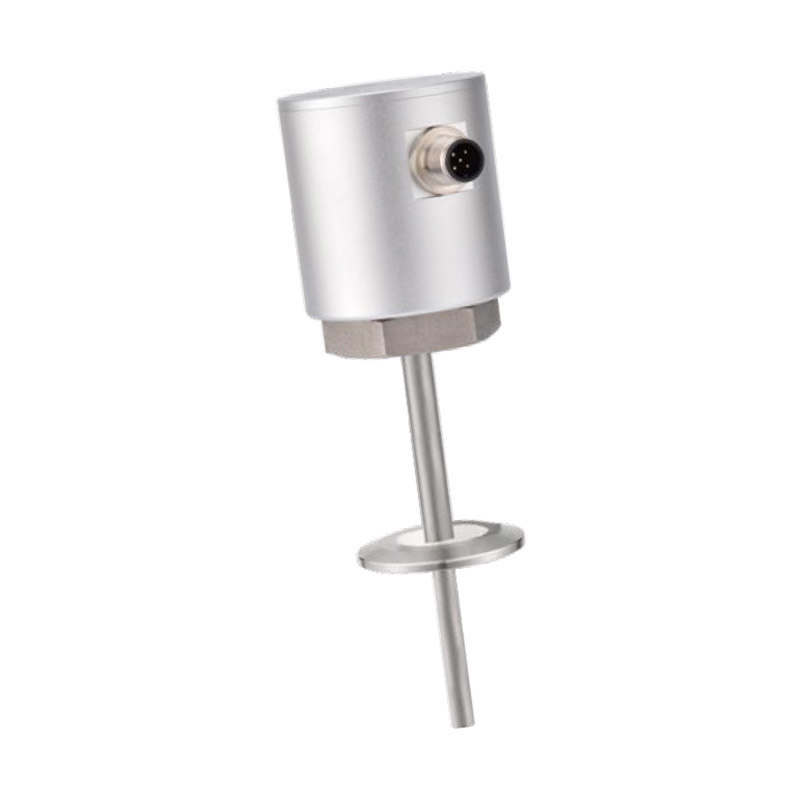
Applications in Oil and Gas Industry
The oil and gas industry operates under extreme conditions where temperature monitoring is critical for both process control and safety assurance. Temperature transmitters play a central role in ensuring smooth operations across exploration, production, refining, and distribution.
1. Monitoring Pipeline Temperatures for Flow Assurance
- Crude oil and natural gas pipelines often span long distances and are exposed to varying environmental conditions.
- A temperature transmitter continuously tracks fluid temperature to prevent blockages caused by wax deposition or hydrate formation.
- By integrating with process control systems, operators can maintain optimal flow and reduce costly downtime.
2. Ensuring Safety in Refineries and Processing Plants
- Refining processes, such as distillation and cracking, require precise temperature control at multiple stages.
- Temperature transmitters provide real-time monitoring, reducing the risk of overheating and preventing catastrophic equipment failures.
- In hazardous zones, intrinsically safe and explosion-proof transmitters are commonly deployed to meet safety regulations.
3. Temperature Control in Storage Tanks
- Oil and chemical storage tanks must maintain specific temperature ranges to ensure product stability and prevent evaporation losses.
- Transmitters integrated with RTD sensors provide highly accurate temperature measurements, ensuring storage conditions meet quality standards.
4. Preventing Overheating of Critical Equipment
- Compressors, pumps, and turbines in oil and gas facilities are highly sensitive to temperature changes.
- By using transmitters with HART or Foundation Fieldbus communication, operators can access detailed diagnostics to prevent overheating and extend equipment lifespan.
5. Compliance with Industry Standards
- Regulatory frameworks such as API (American Petroleum Institute) and OSHA (Occupational Safety and Health Administration) require rigorous temperature monitoring.
- Temperature transmitters help meet these standards while maintaining energy efficiency and operational reliability.
Key Takeaway: In the oil and gas sector, temperature transmitters not only enhance industrial temperature measurement accuracy but also safeguard assets, ensure regulatory compliance, and improve overall efficiency.
Applications in Chemical Industry
The chemical industry relies heavily on precise temperature monitoring because even slight variations can alter reaction rates, product quality, and safety. Temperature transmitters play a vital role in providing reliable, real-time data that helps maintain control over highly sensitive chemical processes.
1. Reactor Temperature Control for Optimal Reaction Rates
- Many chemical reactions are temperature-dependent, requiring exact control to achieve the desired outcome.
- Temperature transmitters, paired with RTD sensors or thermocouples, deliver stable signals to control systems, ensuring consistent reaction conditions.
- This level of accuracy minimizes energy consumption while maximizing yield.
2. Monitoring Exothermic and Endothermic Processes
- Exothermic reactions release heat, while endothermic reactions absorb heat. Both can lead to unsafe conditions if not carefully monitored.
- A temperature transmitter provides continuous feedback, allowing operators to adjust cooling or heating systems in real time.
- This prevents runaway reactions that could lead to equipment damage or hazardous situations.
3. Ensuring Product Quality and Consistency
- Variations in process temperature can affect chemical purity and batch consistency.
- By integrating transmitters with digital communication protocols like HART or Profibus, manufacturers can achieve high levels of traceability and quality assurance.
- Consistent temperature control supports compliance with ISO and other industry certifications.
4. Preventing Runaway Reactions and Ensuring Safety
- Chemical plants often handle volatile substances where uncontrolled temperature increases can trigger dangerous chain reactions.
- Smart temperature transmitters with diagnostic features enable predictive maintenance, alerting operators to potential issues before they escalate.
- In hazardous areas, explosion-proof transmitters add another layer of protection.
5. Energy and Cost Optimization
- Optimized temperature control not only enhances safety and product quality but also reduces energy usage.
- By preventing overcooling or overheating, facilities lower utility costs and improve sustainability.
Key Takeaway: In the chemical industry, temperature transmitters are indispensable for maintaining process stability, preventing accidents, and ensuring consistent, high-quality output.
Applications in Food and Beverage Industry
The food and beverage industry requires strict temperature control to ensure product safety, quality, and compliance with global health regulations. Temperature transmitters are widely used in this sector to monitor, record, and control temperatures throughout production, processing, and storage.
1. Temperature Monitoring in Food Processing and Storage
- From raw material handling to packaging, temperature monitoring is essential at every stage.
- Temperature transmitters ensure that perishable goods remain within safe ranges, reducing spoilage and extending shelf life.
- Integration with automated control systems provides continuous oversight of cold storage, freezers, and refrigerated transport.
2. Ensuring Compliance with Food Safety Regulations
- Regulatory frameworks such as HACCP (Hazard Analysis and Critical Control Points) require accurate and traceable temperature data.
- Transmitters help maintain compliance by providing precise monitoring and documentation of critical temperature points.
- This ensures consumer safety and helps companies avoid costly recalls.
3. Pasteurization and Sterilization Processes
- Processes such as milk pasteurization, juice sterilization, and canned food preservation depend on exact temperature levels to eliminate harmful microorganisms.
- RTD-based temperature transmitters provide the high accuracy needed to maintain consistent heating and cooling cycles.
- Data logging through digital protocols (HART, Profibus) ensures complete traceability for audits and certifications.
4. Maintaining Optimal Temperatures for Fermentation and Brewing
- In brewing, wine-making, and other fermentation processes, precise temperature control directly affects product flavor, aroma, and consistency.
- Smart transmitters with remote monitoring capabilities allow brewers to maintain optimal fermentation conditions without manual intervention.
- This improves both efficiency and final product quality.
5. Energy Efficiency in Food Production
- Heating, cooling, and refrigeration systems consume significant amounts of energy.
- By providing accurate feedback for process control, temperature transmitters help optimize energy usage, lowering operating costs while maintaining product integrity.
Key Takeaway: In the food and beverage sector, temperature transmitters are essential for maintaining product safety, regulatory compliance, and consistent quality, while also improving energy efficiency.
Applications in Pharmaceutical Industry
The pharmaceutical industry requires strict environmental control to guarantee product safety, stability, and compliance with international regulations. Temperature-sensitive processes are common in drug manufacturing, making temperature transmitters an essential tool for monitoring and control.
1. Monitoring and Controlling Temperatures in Drug Manufacturing
- Many pharmaceutical products, including antibiotics, biologics, and vaccines, require production at specific temperatures.
- Temperature transmitters, paired with RTD sensors, provide accurate data for maintaining these critical ranges.
- Stable temperature control ensures consistency in product quality and therapeutic effectiveness.
2. Ensuring Product Stability and Efficacy
- Even minor deviations in temperature can compromise the chemical structure of active pharmaceutical ingredients (APIs).
- By delivering continuous and reliable monitoring, transmitters help protect product stability throughout the production cycle.
- Integration with digital communication protocols (HART, Foundation Fieldbus) provides traceable records for audits.
3. Validation of Temperature-Sensitive Processes
- Regulatory frameworks such as Good Manufacturing Practices (GMP) and FDA 21 CFR Part 11 demand precise temperature documentation.
- Smart temperature transmitters with data logging capabilities make it easier to validate processes such as sterilization, lyophilization (freeze-drying), and blending.
- This validation ensures regulatory compliance while minimizing risks.
4. Cold Chain Management for Vaccines and Biologics
- The pharmaceutical supply chain depends on maintaining strict temperature ranges, especially for vaccines and biologics.
- Transmitters installed in storage units, transport vehicles, and distribution centers provide continuous temperature monitoring.
- With wireless transmitters and IoT integration, operators can track conditions in real time, ensuring that products remain effective until they reach the patient.
5. Safety and Risk Reduction
- Many pharmaceutical processes involve chemicals or biologics that can degrade or become hazardous outside narrow temperature windows.
- Temperature transmitters offer early detection of deviations, enabling corrective action before product loss or safety risks occur.
Key Takeaway: In the pharmaceutical industry, temperature transmitters safeguard drug integrity, support regulatory compliance, and ensure the effectiveness of life-saving medicines across the entire production and supply chain.
Applications in Power Generation Industry
In the power generation industry, reliable temperature monitoring is essential for maximizing efficiency, extending equipment life, and ensuring safe operations. Temperature transmitters provide accurate data that supports process control across boilers, turbines, generators, and transformers.
1. Monitoring Boiler Temperatures for Efficient Energy Production
- Boilers operate at extremely high temperatures to generate steam for electricity production.
- Temperature transmitters, often using thermocouples, provide real-time monitoring to ensure boilers operate within safe and efficient ranges.
- Accurate temperature feedback helps optimize combustion efficiency, reducing fuel consumption and emissions.
2. Turbine Temperature Control for Optimal Performance
- Gas and steam turbines are highly sensitive to temperature fluctuations.
- RTD-based temperature transmitters ensure stable monitoring of turbine blades, bearings, and exhaust gases.
- By maintaining precise control, operators can prevent overheating, improve turbine efficiency, and extend equipment life.
3. Preventing Overheating in Generators and Transformers
- Generators and transformers convert energy under high electrical loads, generating significant heat.
- Temperature transmitters track winding and coolant temperatures, enabling early detection of overheating.
- Integrated with 4-20mA or digital communication protocols, they allow for predictive maintenance and reduce unplanned outages.
4. Ensuring Safety and Reliability of Power Plant Operations
- Any failure in temperature management can lead to costly downtime or catastrophic damage.
- Smart transmitters with diagnostics and remote monitoring help operators respond quickly to abnormal conditions.
- These devices improve compliance with industry standards such as IEEE and IEC, ensuring safe and reliable operations.
5. Energy Efficiency and Sustainability
- With rising demand for greener energy, efficiency is a top priority in power generation.
- By enabling precise process control, temperature transmitters help plants reduce fuel usage, minimize emissions, and support sustainability goals.
Key Takeaway: In power generation, temperature transmitters play a vital role in efficiency, safety, and sustainability, making them indispensable tools for modern energy systems.
Applications in HVAC Systems
In Heating, Ventilation, and Air Conditioning (HVAC) systems, maintaining proper temperature control is crucial for energy efficiency, indoor comfort, and building automation. Temperature transmitters enable accurate monitoring and control of air, water, and refrigerant temperatures across HVAC applications.
1. Monitoring and Controlling Temperatures in Buildings
- HVAC systems rely on precise temperature data to maintain stable indoor environments.
- Temperature transmitters, paired with RTD sensors, monitor air and water loop temperatures, ensuring consistent heating and cooling.
- This helps prevent temperature fluctuations that could affect occupant comfort or equipment performance.
2. Optimizing Energy Efficiency and Reducing Costs
- Heating and cooling account for a significant portion of building energy consumption.
- By providing real-time, accurate temperature feedback, transmitters allow HVAC systems to fine-tune performance and minimize energy waste.
- This contributes to lower operational costs and supports sustainability goals.
3. Ensuring Occupant Comfort
- In commercial buildings, hospitals, and data centers, temperature stability is vital.
- Smart temperature transmitters help regulate conditions by integrating with Building Management Systems (BMS).
- This ensures optimal comfort for occupants while protecting sensitive equipment, such as servers and medical devices.
4. Integration with Building Automation Systems
- Modern HVAC systems are increasingly connected to IoT-based building automation platforms.
- Transmitters with HART, Foundation Fieldbus, or BACnet compatibility provide seamless communication with central control systems.
- This enables remote monitoring, predictive maintenance, and improved overall building efficiency.
5. Compliance with Green Building Standards
- Certifications such as LEED (Leadership in Energy and Environmental Design) require strict energy efficiency and indoor air quality controls.
- Using high-accuracy temperature transmitters helps meet these standards while providing documented performance data for audits.
Key Takeaway: In HVAC systems, temperature transmitters are critical for achieving energy efficiency, indoor comfort, and smart automation, making them essential for modern green building solutions.
Case Studies
Real-world implementations of temperature transmitters demonstrate their value in improving process control, safety, and efficiency across industries. Here are a few examples:
1. Oil and Gas Pipeline Monitoring
- Challenge: A crude oil pipeline experienced blockages due to wax deposition caused by inconsistent temperature monitoring.
- Solution: Installation of thermocouple-based temperature transmitters along the pipeline with HART communication to a centralized control system.
- Result: Real-time monitoring allowed operators to maintain optimal fluid temperatures, preventing blockages and reducing downtime by 30%.
2. Pharmaceutical Cold Chain Management
- Challenge: A vaccine manufacturer needed to ensure temperature stability during storage and distribution.
- Solution: RTD temperature transmitters with wireless IoT integration were deployed in storage units and transport vehicles.
- Result: Continuous monitoring and remote alerts ensured the cold chain was maintained, preventing product spoilage and ensuring regulatory compliance.
3. Food and Beverage Fermentation Control
- Challenge: A brewery faced inconsistent fermentation due to fluctuating temperatures.
- Solution: Smart temperature transmitters were installed in fermentation tanks to provide precise, real-time feedback to the automated control system.
- Result: Improved consistency in flavor and aroma, with reduced energy consumption and batch variability.
4. Power Plant Boiler Efficiency
- Challenge: A power plant struggled with inefficient energy use due to inaccurate boiler temperature readings.
- Solution: Thermocouple-based transmitters with digital output were installed to monitor boiler temperatures accurately.
- Result: Optimized combustion efficiency reduced fuel consumption by 8%, while also increasing overall plant reliability.
5. Water Treatment Process Optimization
- Challenge: A wastewater treatment facility needed to maintain optimal biological activity for effective treatment.
- Solution: RTD transmitters were integrated into aeration tanks and pipelines for real-time temperature monitoring.
- Result: Improved microbial efficiency, reduced energy usage, and ensured compliance with environmental regulations.
Key Takeaway: These case studies highlight how temperature transmitters provide measurable benefits, including enhanced process control, energy savings, regulatory compliance, and safety improvements across multiple industries.
Factors to Consider When Choosing a Temperature Transmitter
Selecting the right temperature transmitter is crucial for achieving accurate measurements, reliable process control, and long-term operational efficiency. The following factors should be carefully evaluated:
1. Temperature Range and Accuracy Requirements
- Determine the maximum and minimum temperatures of the process to ensure the transmitter can operate reliably.
- Consider the required measurement accuracy; RTD transmitters are preferred for high-precision applications, while thermocouples suit high-temperature environments.
2. Environmental Conditions
- Assess the process environment, including hazardous areas, corrosive chemicals, high humidity, or extreme temperatures.
- Choose transmitters with appropriate enclosures, ingress protection (IP ratings), and explosion-proof certifications if needed.
3. Output Signal and Communication Protocols
- Decide between analog (4-20mA) or digital (HART, Profibus, Foundation Fieldbus) outputs based on integration needs.
- Digital protocols offer advanced diagnostics, remote calibration, and multi-point monitoring, while analog outputs are simple and cost-effective.
4. Installation and Maintenance Considerations
- Consider the ease of installation and space constraints for mounting.
- Evaluate maintenance requirements, including calibration intervals, sensor replacement, and diagnostic capabilities.
- Smart transmitters with self-diagnostics can reduce downtime and maintenance costs.
5. Cost and Availability
- Compare initial purchase price with long-term benefits, such as improved process efficiency and reduced energy consumption.
- Check availability of spare parts and manufacturer support to ensure uninterrupted operations.
6. Industry-Specific Requirements
- Some industries, like pharmaceuticals, food and beverage, or oil and gas, have strict regulatory and safety standards.
- Ensure the chosen transmitter complies with ISO, GMP, HACCP, ATEX, or API standards as required.
Key Takeaway: By carefully considering factors such as temperature range, environmental conditions, communication protocols, installation, and regulatory compliance, operators can select the ideal temperature transmitter for their specific industrial application.
Future Trends in Temperature Transmitter Technology
As industries evolve, temperature transmitter technology continues to advance, offering greater efficiency, reliability, and integration with modern automation systems. Here are some key trends shaping the future:
1. Wireless Temperature Transmitters
- Wireless transmitters eliminate the need for extensive cabling, reducing installation costs and complexity.
- They are ideal for remote locations, large facilities, and retrofit projects where running cables is difficult.
- Integration with wireless networks enables real-time monitoring and alerts.
2. Smart Temperature Transmitters with Advanced Diagnostics
- Smart transmitters can detect sensor failures, signal degradation, and process anomalies.
- Predictive maintenance features reduce downtime, improve safety, and optimize operational efficiency.
- Advanced diagnostics are particularly valuable in critical industries like pharmaceuticals, oil and gas, and power generation.
3. Integration with IoT and Cloud Platforms
- Internet of Things (IoT) integration allows remote monitoring, data analytics, and predictive control.
- Cloud-based platforms can store large volumes of temperature data for trend analysis, compliance reporting, and performance optimization.
- This enables operators to make data-driven decisions and improve process efficiency.
4. Advancements in Sensor Technology
- Emerging sensor materials and designs offer higher accuracy, faster response times, and greater stability under extreme conditions.
- Innovations in thermocouples, RTDs, and non-contact infrared sensors expand the range of applications, including harsh or hazardous environments.
5. Energy-Efficient and Sustainable Solutions
- Future transmitters are being designed to consume less power and support environmentally friendly operations.
- Smart energy management features help industries reduce their carbon footprint while maintaining precise temperature control.
Key Takeaway: The future of temperature transmitters is smart, connected, and energy-efficient. Advancements in wireless communication, IoT integration, and sensor technology will continue to enhance industrial temperature measurement, process optimization, and safety across all sectors.
Conclusion
Temperature transmitters are essential devices in modern industries, providing accurate and reliable temperature measurement that ensures process control, safety, and efficiency. From oil and gas to pharmaceuticals, food and beverage, power generation, water treatment, HVAC, and manufacturing, these devices play a crucial role in maintaining product quality, protecting equipment, and optimizing energy usage.

 en
en English
English Русский
Русский España
España عرب .
عرب .